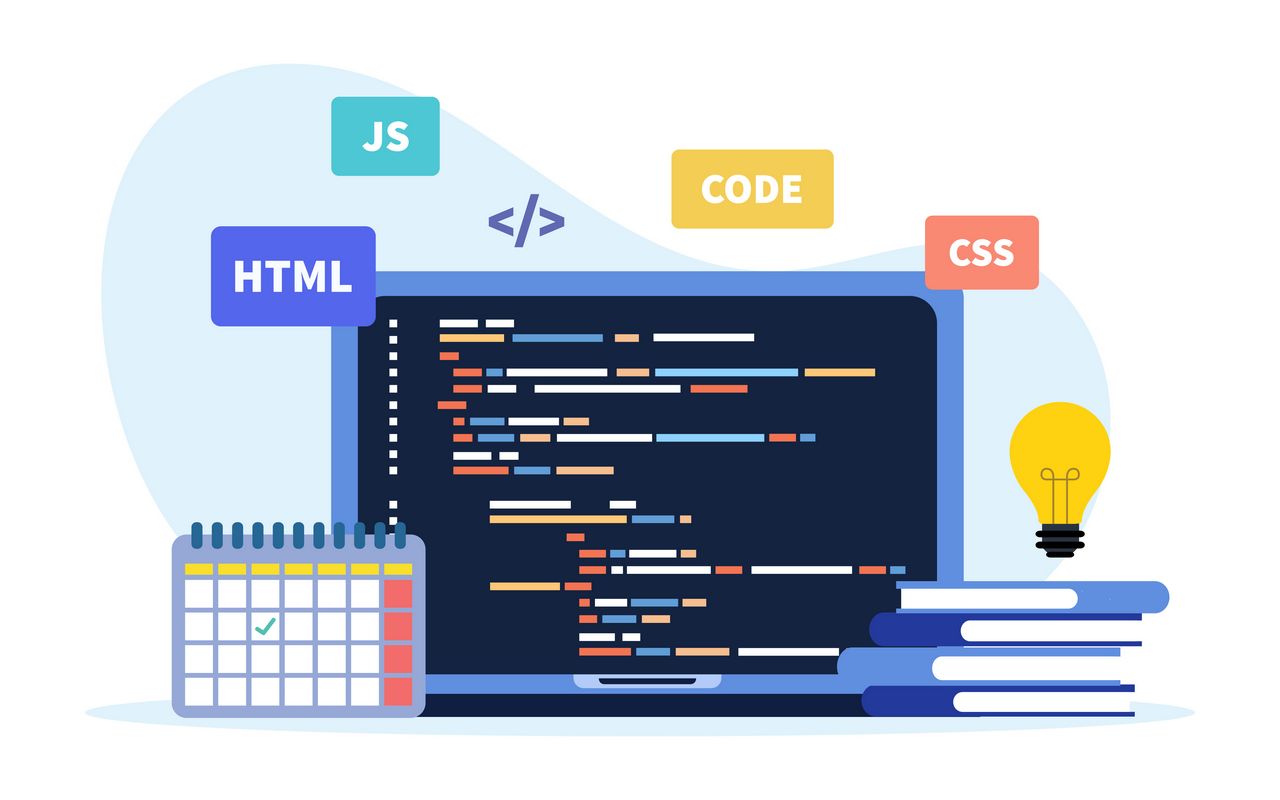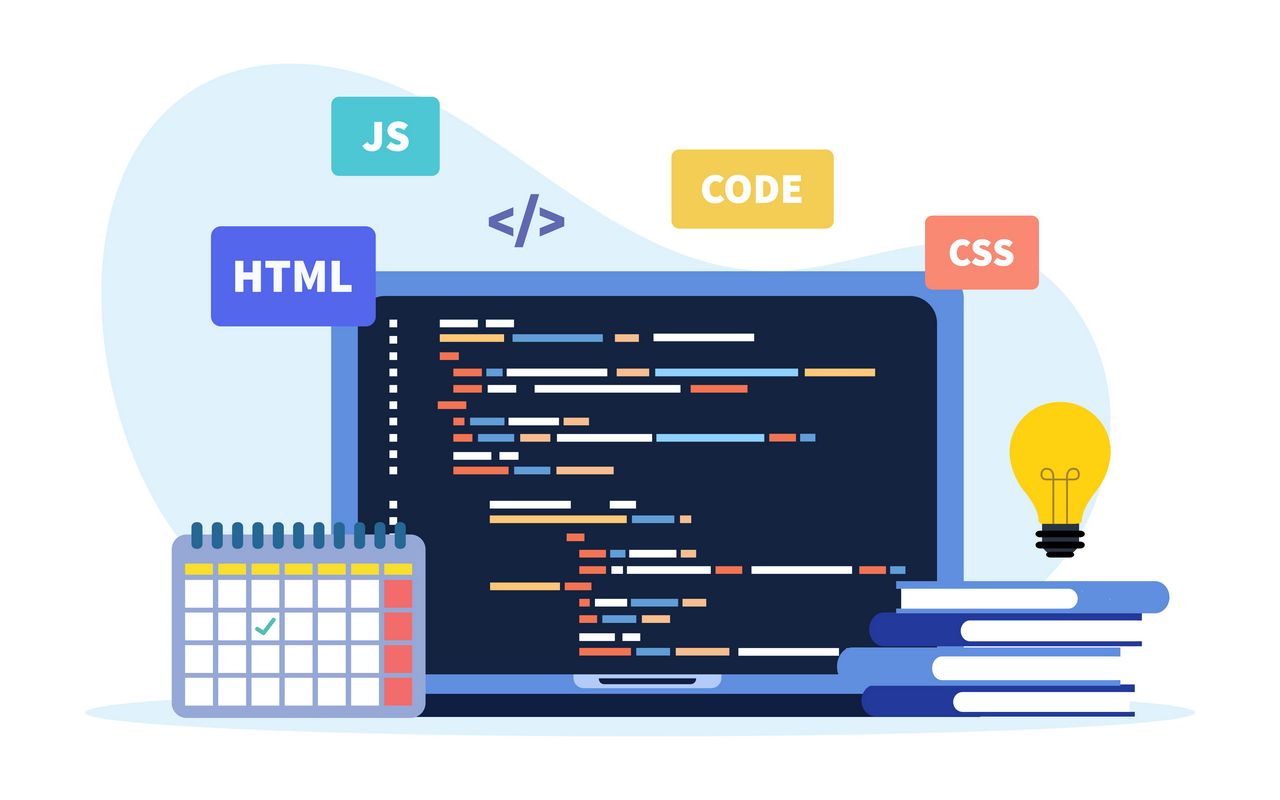Frontend technologies have come a long way in recent years, transforming the way we build and interact with websites and web applications. As user expectations continue to rise, frontend development plays a crucial role in delivering exceptional user experiences. In this article, we will explore the evolution of frontend technologies and highlight the key trends to watch in the industry. From the rise of JavaScript frameworks to the emergence of progressive web apps (PWAs) and the growing importance of mobile responsiveness, understanding these trends is essential for businesses and developers alike.
JavaScript Frameworks
JavaScript frameworks have revolutionized frontend development, enabling developers to build complex and interactive applications with ease. Frameworks like React, Angular, and Vue.js have gained popularity due to their component-based architecture, efficient rendering, and extensive ecosystem of libraries and tools. These frameworks allow developers to create reusable UI components, simplify state management, and optimize application performance. As the demand for rich and interactive web experiences grows, JavaScript frameworks will continue to evolve and shape the future of frontend development.
Progressive Web Apps (PWAs)
Progressive Web Apps have gained traction as a hybrid approach that combines the best features of web and native applications. PWAs offer a native-like experience, including offline capabilities, push notifications, and access to device features, while still being accessible through a web browser. By leveraging technologies like Service Workers and the Web App Manifest, PWAs provide fast and engaging experiences, irrespective of the user's device or network connection. With the increased focus on mobile-first development and the growing adoption of PWAs by major companies, this trend is set to continue shaping the frontend landscape.
Mobile Responsiveness
The dominance of mobile devices in the digital landscape has necessitated the focus on mobile responsiveness in frontend development. Websites and applications must adapt seamlessly to different screen sizes and orientations to provide a consistent and optimized user experience. Responsive design techniques, such as fluid grids, flexible images, and media queries, enable developers to create websites that automatically adjust and deliver a visually appealing layout on various devices. Mobile responsiveness is no longer optional but a fundamental requirement to cater to the ever-growing mobile user base.

Web Accessibility
Web accessibility has gained significant attention in recent years, aiming to ensure that websites and applications are usable by individuals with disabilities. As technology plays an increasingly important role in our daily lives, it is crucial to create inclusive digital experiences. Frontend developers need to consider accessibility guidelines and implement features such as proper semantic HTML, keyboard navigation, alternative text for images, and proper color contrast. By prioritizing accessibility, businesses can reach a wider audience and demonstrate their commitment to inclusivity.
Performance Optimization
In today's fast-paced digital world, users have little patience for slow-loading websites and applications. Performance optimization has become a critical aspect of frontend development. Techniques such as code minification, lazy loading, image optimization, and caching can significantly improve the speed and responsiveness of web experiences. Additionally, tools like Google's Lighthouse and PageSpeed Insights provide insights into performance metrics and suggest optimizations. As users continue to expect near-instantaneous page loads, performance optimization will remain a key trend in frontend development.
Voice User Interfaces (VUI) and Chatbots
The rise of voice assistants and chatbots has led to the emergence of voice user interfaces (VUI) as a frontend technology trend. VUI enables users to interact with applications using voice commands, providing a hands-free and convenient experience. Chatbots, powered by natural language processing (NLP) and machine learning, allow businesses to automate customer interactions and provide instant support. Integrating VUI and chatbot capabilities into frontend development requires expertise in technologies like speech recognition, NLP, and voice synthesis, making it an exciting area of growth in the industry.
The frontend development landscape is constantly evolving, driven by emerging technologies and changing user expectations. JavaScript frameworks, progressive web apps, mobile responsiveness, web accessibility, performance optimization, and voice user interfaces are among the key trends shaping the industry. Staying informed about these trends is crucial for businesses and developers looking to deliver exceptional user experiences and stay ahead of the competition. By embracing these advancements and collaborating with a skilled software development partner like SoftwareHouse.Pro, businesses can leverage the power of frontend technologies to create innovative and impactful digital solutions. The future of frontend development holds even more exciting possibilities as technology continues to evolve, and user expectations evolve with it.







